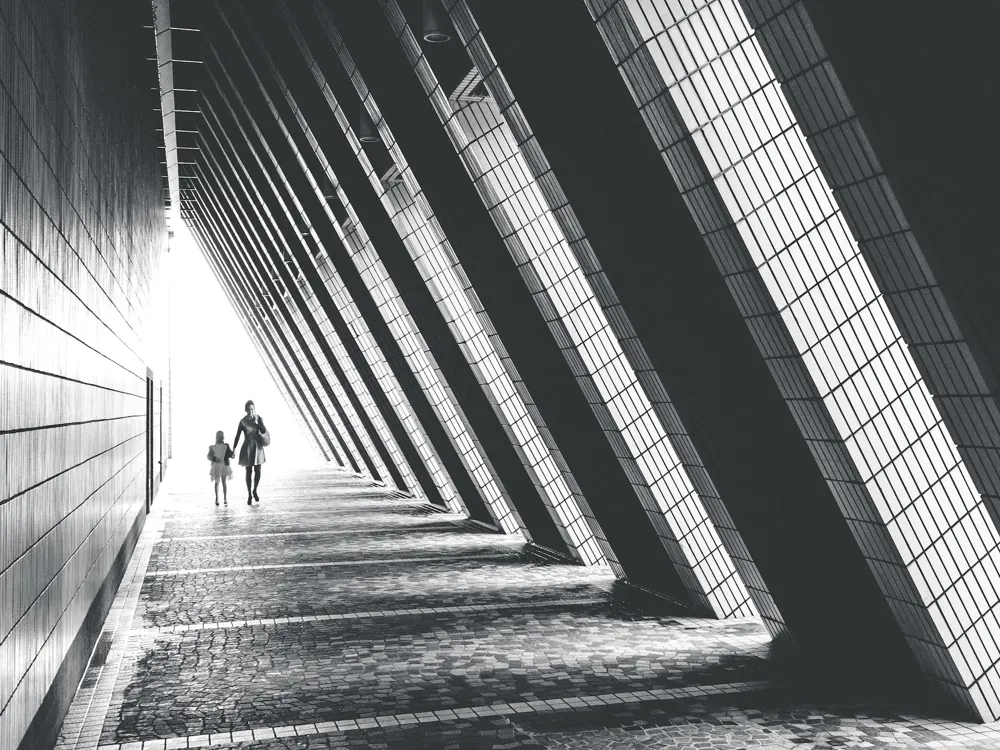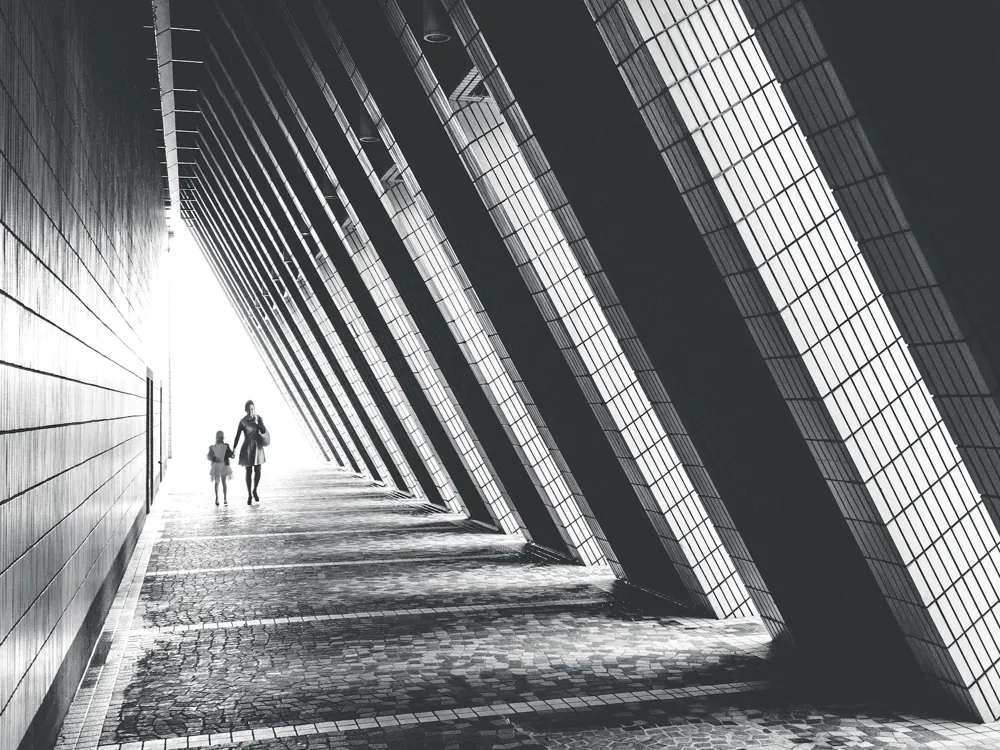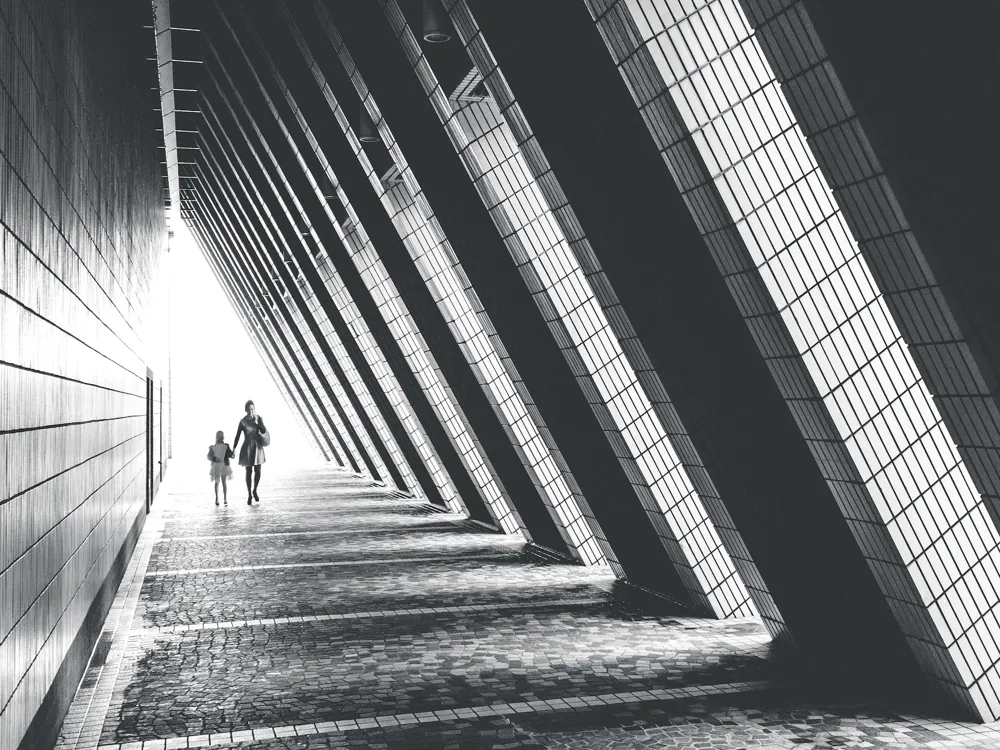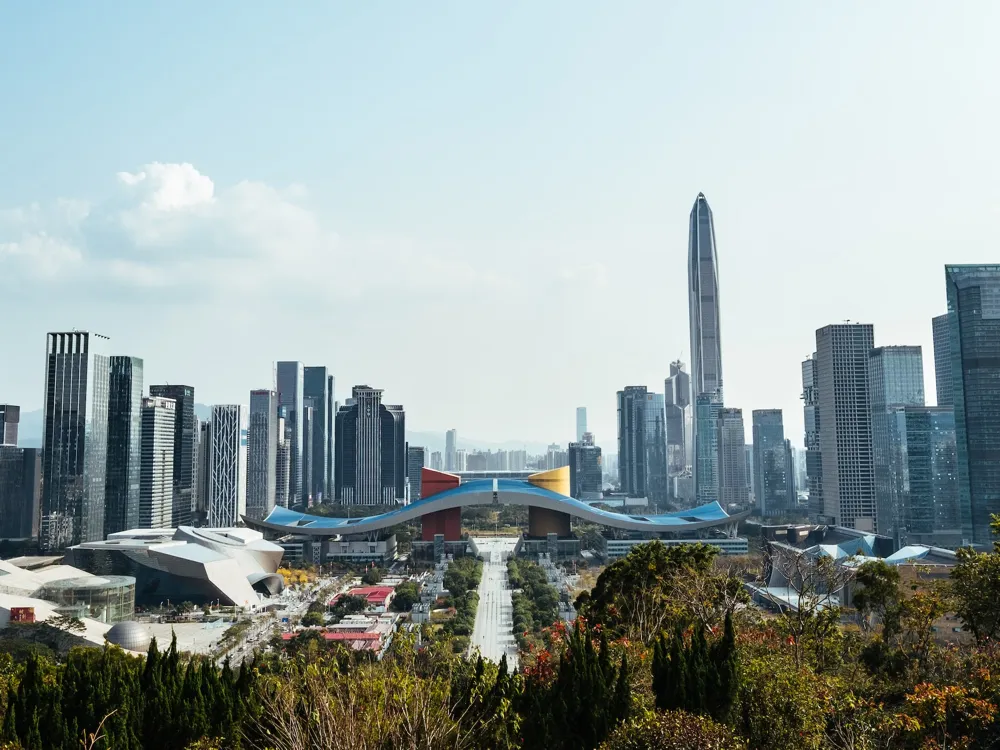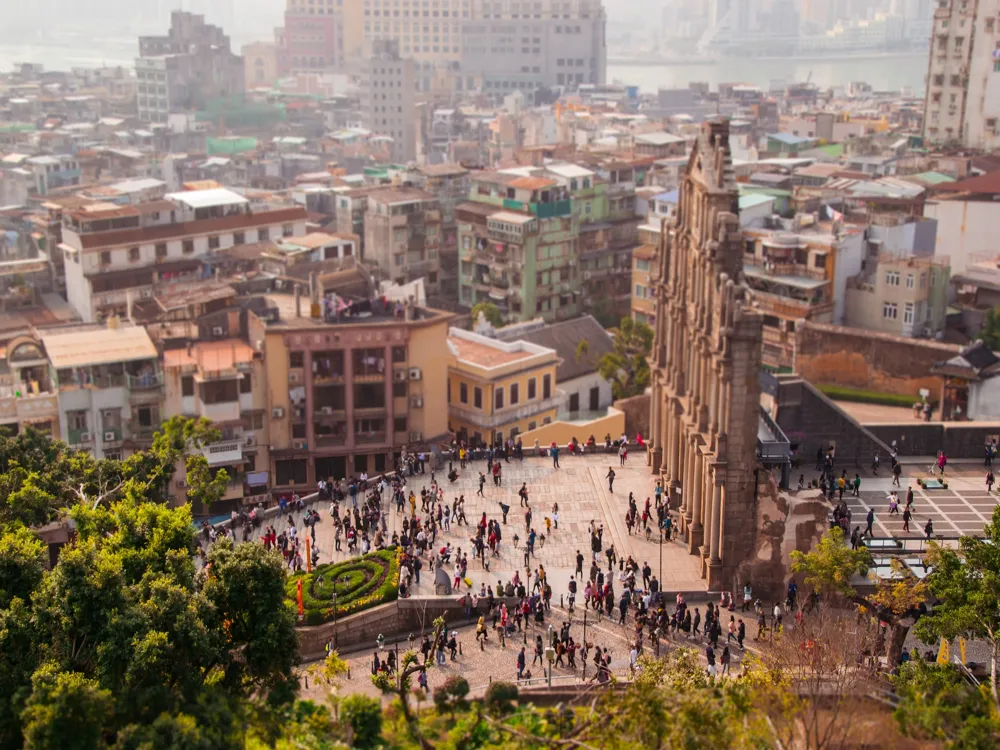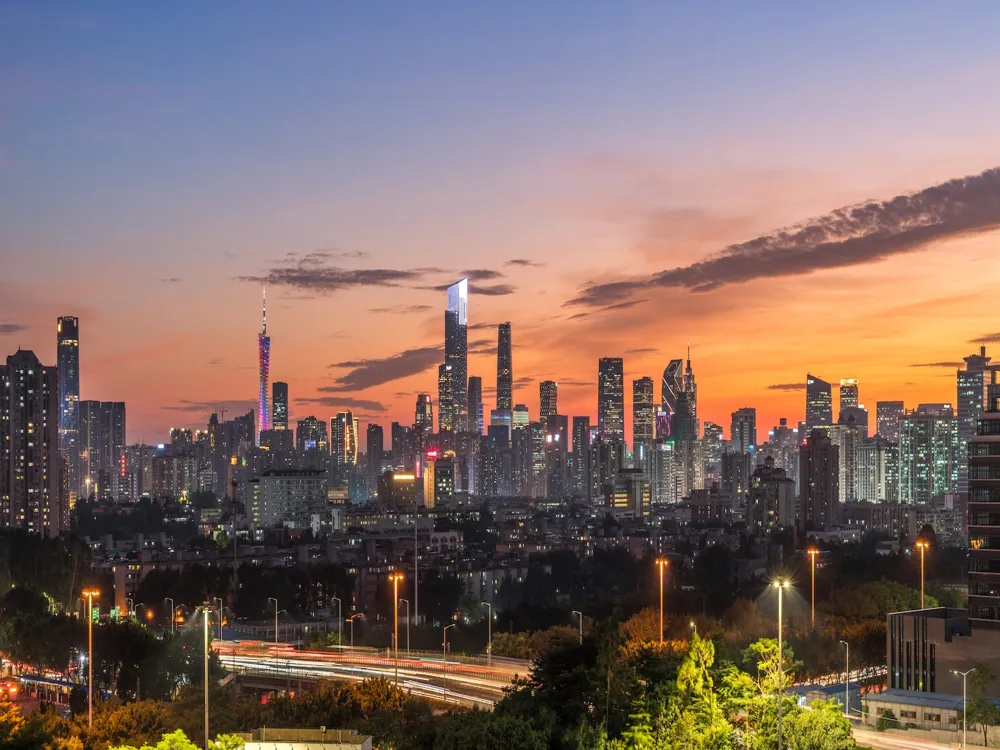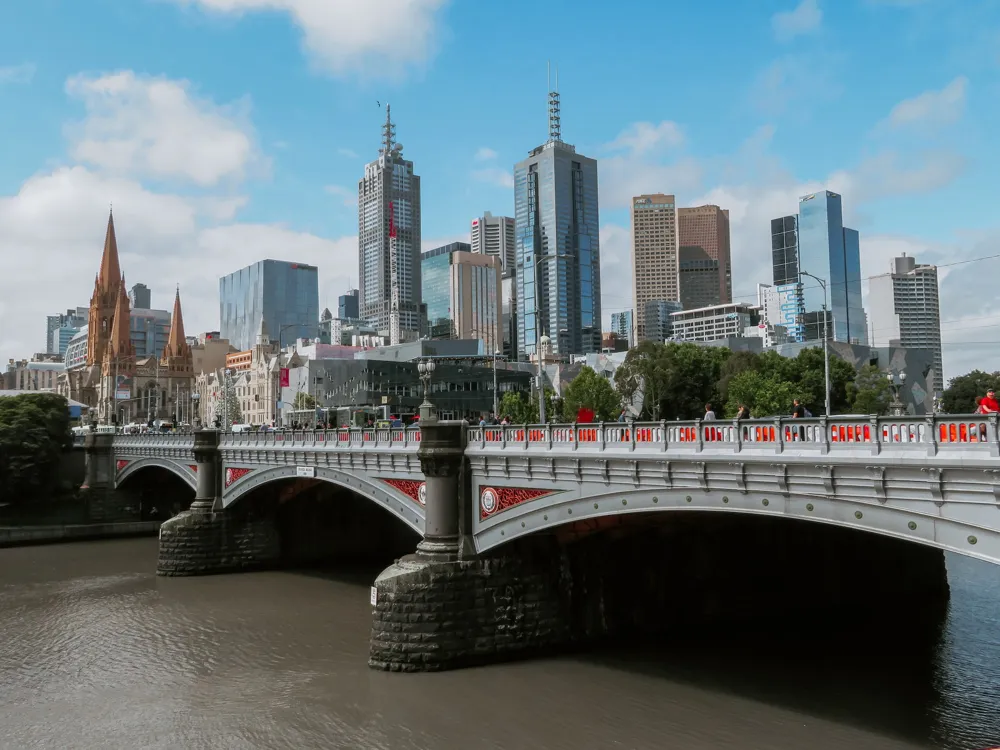The Hong Kong Museum of Art, a prestigious cultural landmark, stands as a testament to the rich artistic heritage of Hong Kong. Founded in 1962, the museum has undergone several transformations, reflecting the dynamic evolution of art in the region. Housing over 17,000 art objects, the museum showcases a splendid array of Chinese ceramics, terracotta, rhinoceros horns, and Chinese paintings, alongside historical pictures that narrate the story of Hong Kong. Its extensive collection also includes modern and contemporary art, offering a panoramic view of the city's diverse artistic endeavors. The museum's commitment to promoting local art is evident in its dedicated galleries for Hong Kong artists. These spaces not only display the works of established artists but also provide a platform for emerging talents. This initiative underscores the museum's role in nurturing the local art scene. Furthermore, the Hong Kong Museum of Art actively engages in international collaborations, hosting exhibitions from around the globe. These global connections enable the museum to present a multifaceted perspective on art, fostering a deeper understanding and appreciation among its visitors. Educational programs are a cornerstone of the museum's mission. Regular workshops, lectures, and guided tours are designed to engage audiences of all ages. These programs aim to make art accessible to the broader community, fostering an environment where art is not only observed but also experienced and discussed. The museum's commitment to education extends to its research initiatives, with a focus on the study and conservation of Chinese antiquities. This scholarly approach ensures that the museum's collection is not only preserved but also understood in its historical and cultural context. The Hong Kong Museum of Art is not just a repository of art objects; it is a vibrant, evolving institution that mirrors the city's own journey through time. It stands as a beacon of cultural enrichment, inviting visitors to explore the past, engage with the present, and imagine the future through the lens of art. The architecture of the Hong Kong Museum of Art is a reflection of the city's unique blend of Eastern and Western influences. The original building, designed by renowned architect Wimberly, Allison, Tong & Goo, was a harmonious fusion of traditional Chinese elements and modern design principles. The recent renovation, completed in 2019, further enhanced the museum's architectural significance, transforming it into a contemporary icon on the Tsim Sha Tsui waterfront. The museum's exterior, with its sleek lines and expansive glass façades, allows for a seamless integration with the surrounding landscape. This design choice not only maximizes the breathtaking views of Victoria Harbour but also symbolizes the museum's openness and connectivity with the world. The use of glass also serves a practical purpose, facilitating natural lighting that enhances the viewing experience of the artworks inside. Inside, the museum's layout is thoughtfully designed to guide visitors through its diverse collections. The spatial arrangement allows for a fluid transition between galleries, each space uniquely tailored to accentuate the art it houses. The use of minimalist design elements and subtle lighting creates an environment that is both serene and conducive to contemplation, enabling visitors to fully immerse themselves in the art experience. The museum's architectural design extends beyond aesthetics and functionality. It is a physical manifestation of the museum's philosophy – a blend of tradition and innovation, a nexus between the local and the global. This architectural marvel not only houses art but is itself a work of art, inviting visitors to explore the rich tapestry of Hong Kong's artistic legacy within its walls. Before visiting the Hong Kong Museum of Art, it's advisable to check the museum's website for the latest exhibitions and events. This will help you plan your visit more effectively, ensuring you don't miss any special displays or activities. The museum is generally less crowded during weekday mornings. If you prefer a quieter experience, this is the best time to visit. Weekends and public holidays tend to be busier. To enhance your experience, consider joining a guided tour. These tours are often led by knowledgeable docents who can provide deeper insights into the exhibits. The museum is fully accessible to visitors with disabilities. Wheelchairs are available on request, and most areas are equipped with ramps and lifts. Photography is allowed in most areas of the museum, but flash photography and tripods are usually prohibited. Always check for specific photography rules in each gallery. While food and beverages are not allowed inside the galleries, the museum houses a café where you can relax and enjoy refreshments. Don't forget to visit the museum's gift shop, which offers a variety of souvenirs, art books, and unique items related to the exhibitions. The Hong Kong Museum of Art is conveniently located in Tsim Sha Tsui, Kowloon. It is easily accessible by various modes of public transportation. By MTR: The nearest MTR station is Tsim Sha Tsui Station (Exit E). From there, it's a short 10-minute walk to the museum. By Bus: Numerous bus routes serve the area around the museum. Check local bus services for the most direct routes. By Taxi: Taxis are a convenient option and can drop you off right at the museum. For those driving, parking facilities are available in the vicinity of the museum, although spaces may be limited during peak times. Read More:Overview of Hong Kong Museum of Art
Architecture of Hong Kong Museum of Art
Tips When Visiting Hong Kong Museum of Art
Plan Your Visit
Best Times to Visit
Guided Tours
Accessibility
Photography
Food and Beverages
Gift Shop
How To Reach Hong Kong Museum of Art
Hong Kong Museum of Art
Hong Kong
NaN onwards
View hong-kong Packages
Weather :
Tags : Museum
Timings : Monday, Wednesday to Sunday: 10:00 AM - 6:00 PM Christmas Eve, Chinese New Year Eve: 10:00 AM - 5:00 PM Closed on Tuesdays
Time Required : 1-2 hours
Planning a Trip? Ask Your Question
Hong-kong Travel Packages
View All Packages For Hong-kong
Top Hotel Collections for Hong-kong

Private Pool

Luxury Hotels

5-Star Hotels

Pet Friendly
Top Hotels Near Hong-kong
Other Top Ranking Places In Hong-kong
View All Places To Visit In hong-kong
View hong-kong Packages
Weather :
Tags : Museum
Timings : Monday, Wednesday to Sunday: 10:00 AM - 6:00 PM Christmas Eve, Chinese New Year Eve: 10:00 AM - 5:00 PM Closed on Tuesdays
Time Required : 1-2 hours
Planning a Trip? Ask Your Question
Hong-kong Travel Packages
View All Packages For Hong-kong
Top Hotel Collections for Hong-kong

Private Pool

Luxury Hotels

5-Star Hotels

Pet Friendly







